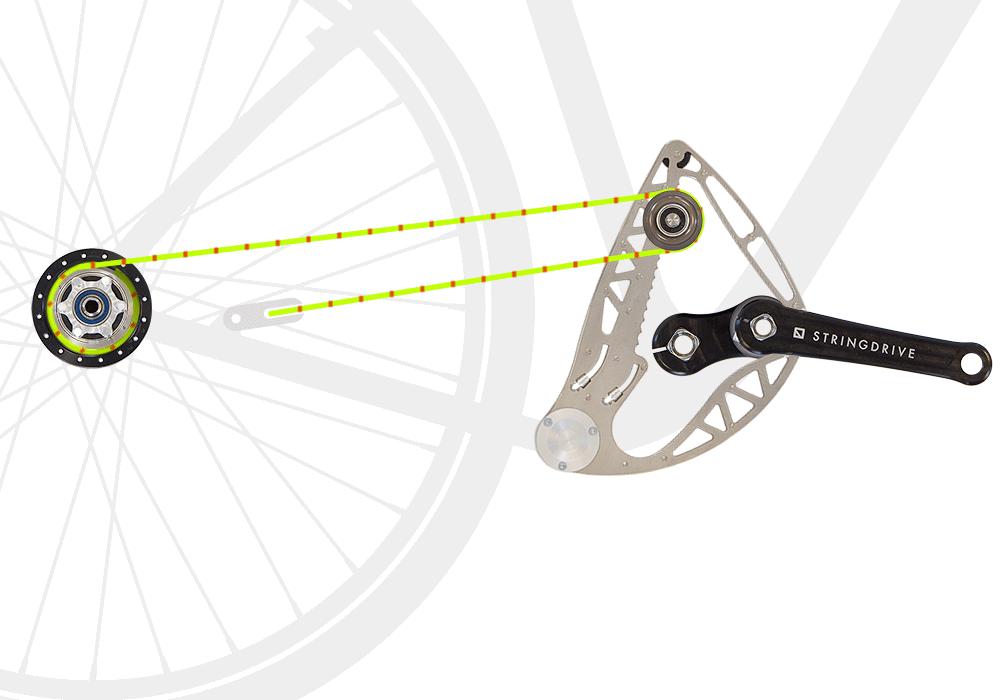this post was submitted on 24 May 2024
165 points (97.7% liked)
HistoryPorn
4818 readers
268 users here now
If you would like to become a mod in this community, kindly PM the mod.
Relive the Past in Jaw-Dropping Detail!
HistoryPorn is for photographs (or, if it can be found, film) of the past, recent or distant! Give us a little snapshot of history!
Rules
- Be respectful and inclusive.
- No harassment, hate speech, or trolling.
- Engage in constructive discussions.
- Share relevant content.
- Follow guidelines and moderators' instructions.
- Use appropriate language and tone.
- Report violations.
- Foster a continuous learning environment.
- No genocide or atrocity denialism.
Pictures of old artifacts and museum pieces should go to History Artifacts
Illustrations and paintings should go to History Drawings
Related Communities:
founded 1 year ago
MODERATORS
you are viewing a single comment's thread
view the rest of the comments
view the rest of the comments

How do these work? It looks like there a reciprocating mechanism of some kind but I don't see any sort of chain that acts as a driveshaft.
Here's the patent, though I'm not sure I really understand it: https://patentimages.storage.googleapis.com/5d/0a/ca/37a6df64179256/US809980.pdf
Guessing, but what else could it be - the main spring lifts the shoe/foot/sole part, this brings the wheels closer making the string loose, which then gets rolled around the hub of the back wheel (by a second spring inside). When the smooth operator presses down with their weight, the string turns the rear wheel.
However, design like this would make for a fairly limited top speed that can be achieved by the mechanism alone. Needs gearing.
This is the clearest example I could image search (gif):

... actually:

This thing also operates in the same way, just without the gravity assist:
